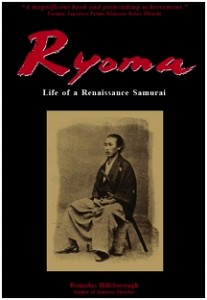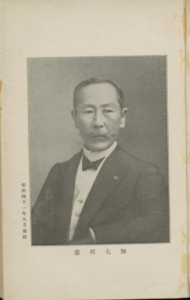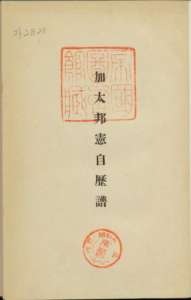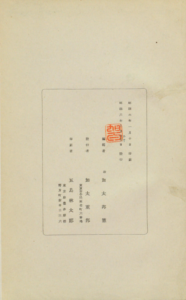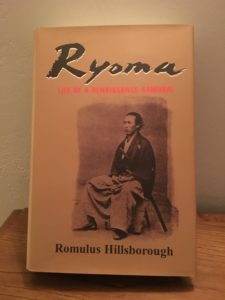
After I finished reading Shiba’s novel Ryoma ga Yuku, about the life and times of Sakamoto Ryoma, I spent about six months studying the most important nonfiction books I could find about my subject (to be discussed in a later blog). I started writing the book in January 1987, just after returning from a trip to Kyoto, where I had explored all of the must-see Ryoma-related sites and more – including the temple bells resounding through the frigid hills of Higashiyama on New Year’s Eve, a wonder I shall never forget! I would continue my Ryoma-related travels, including around Kochi, Nagasaki, Yamaguchi, Kagoshima, and Hiroshima prefectures, for the next several years.
I set myself a target of writing five pages per day (on a Wang word processor – anyone remember that?) in my “new” tiny apartment in Shimokitazawa (which would become one of my favorite districts in Tokyo). I usually spent between five and seven hours a day, five days a week, writing – while working for a Japanese weekly magazine. I kept up this regimen (more or less) for almost five years, until finishing the last page of the final first draft (much of which I had already rewritten or revised multiple times) in September 1991. The final draft was more than twice as long as the published book.
